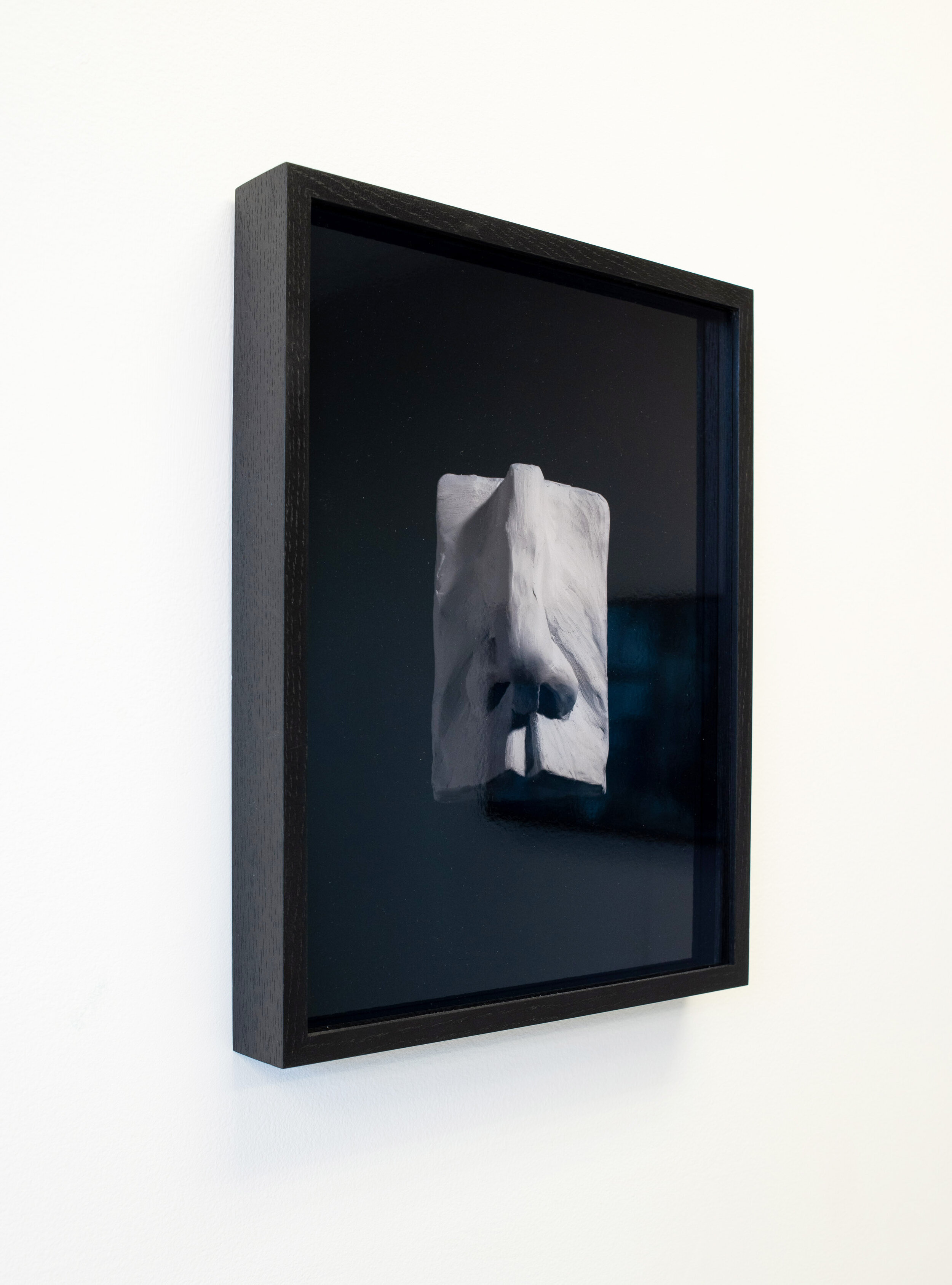-
by Parker Kay
Portals can appear in many shapes, sizes, types, and varieties such as: celestial portals, emotional portals, fleshy portals, paved portals, portals to the underworld, portholes on quarantined cruise ships, or the video game Portal. The function of the portal is to expedite the transition between one context and another. Imagine wandering through a maze of winding corridors only to find an open door that reveals a direct route over, under, or through your previously meandering path. An epiphany! Indeed, in architectural terms the grand arched entrance to a place of worship is typically called the portal for its capacity to indicate the threshold between neutral space and sacred space. Here religious iconography and architecture becomes a way to bridge built space with psycho-space in order to dislodge the soon-to-be worshiper from the everyday and towards piety. Portals are what allow us to break out of the loops we so often find ourselves in. Notions of identity can often become intertwined with geography as job titles, political leanings, sexuality, hobbies, and community situate the individual within a repeating set of localities. I wake up in my apartment, go to the coffee shop, sit at my desk at work, go home, and repeat. Day after day these loops become carved into our identity and might as well be carved into the sidewalk.
Who would you be, and how would you feel, if you made it outside of the loop?
The Surrealists recognized the loop as a hurdle to the modern individual and regarded random acts of chance as the best way to hop through a portal and escape repetition. Andre Breton mused that moving through a city at random could achieve a “psychic automatism in its pure state.” The result is an intuitive unconscious experience that defies that looping nature of reality’s status quo. Similarly, René Magritte popularized the Surrealist game of cadavre exquis (The Exquisite Corpse) as a way to randomize his approach to art making. Breton and Magritte both embrace chance to achieve a type of assemblage that defies mental and/or literal pathways.
The work selected in this exhibition provides views into a variety of portals in order to glimpse a much larger project. Since 2018, Freedman has been exploring, and coming to terms with, his own sexuality through the metaphor of the Golem, an anthropomorphic mythological creature derived from Medieval Jewish mysticism. For Freedman, the Golem made of clay by Rabbi Loew in Prague during the late 16th century becomes the central character within this photographic narrative. The Golem was created in response to anti-Semitic pogroms and blood libels that accused Jewish people of the murder of Christian children.
After shaping the Golem’s form, Rabbi Loew carved “emet,” the Hebrew word for truth, in its forehead to give the creature its power. Serving as the guardian for Jews within Prague’s Josefov ghetto, the Golem would eventually turn on its protected class shortly after it was given its newfound power. Here the Golem is a metaphor for difference and and the inverted notion that the things we think will keep us safe have the capacity to ultimately destroy from within. Looking for evidence of this mythology, Freedman captures views of Prague, Rabbi Loew’s Altneuschul synagogue, and various other settings within this story. Through his own surrealist wanderings, Freedman moves through a 16th century Prague that no longer exists. In 1893, the Josefov ghetto was razed to the ground, which simultaneously dislodges this mythology from the real and thrusts it further into the realm of fiction. This folding in of built space with narrative space is key to understanding Freedman’s own process.
The photographs and video suggest a pseudo-documentary approach to a subject that exists largely in the minds of those who believe it. Capturing views of mysterious structures and hidden corridors, Freedman suggests that this media is both evidence as well as total fabrication—a subtle nod to the properties of the photographic medium itself. The tension between the “truth” of Freedman’s photographs and the “truth” that brings the Golem to life establishes an in between of uncertainty that questions the ways in which we construct our own notions of identity.
In this exhibition, Freedman ultimately offers a glimpse at an autobiographical story told through his own cultural heritage of Jewish mysticism. Through metaphor of the Golem, Freedman is able to create artworks that establish new portals for the viewer as well as understanding the benefits of walking through them for himself.
This work was supported by the Ontario Arts Council
-
The most popular physical incarnation of the golem was made from clay by Rabbi Judah Loew in Prague in the late 16th century, in response to anti-Semitic pogroms and blood libels. In the traditional telling of the story, the golem, whose purpose was to act as a helper, ultimately becomes a destructive force, turning against its creator and the Jewish people it was meant to serve.
Taking inspiration from Rabbi Loew’s dual role—as a father figure to the golem and as a spiritual leader turned artist—Emmet’s Carousel is set in a present-day artist’s studio, within which a new golem is in the process of being created.
The title of the film refers to the Hebrew word “emet,” meaning “truth,” which Loew inscribed on the golem’s forehead, thus imbuing it with life. Notions of truth are touched upon throughout the film, with the narrator discussing the nature and function of mythologies as timeless tales that forever hold the potential to reflect and illuminate present circumstances. Further, the film addresses the labour inherent to, and the transformative power of, making art in the face of adversity.











